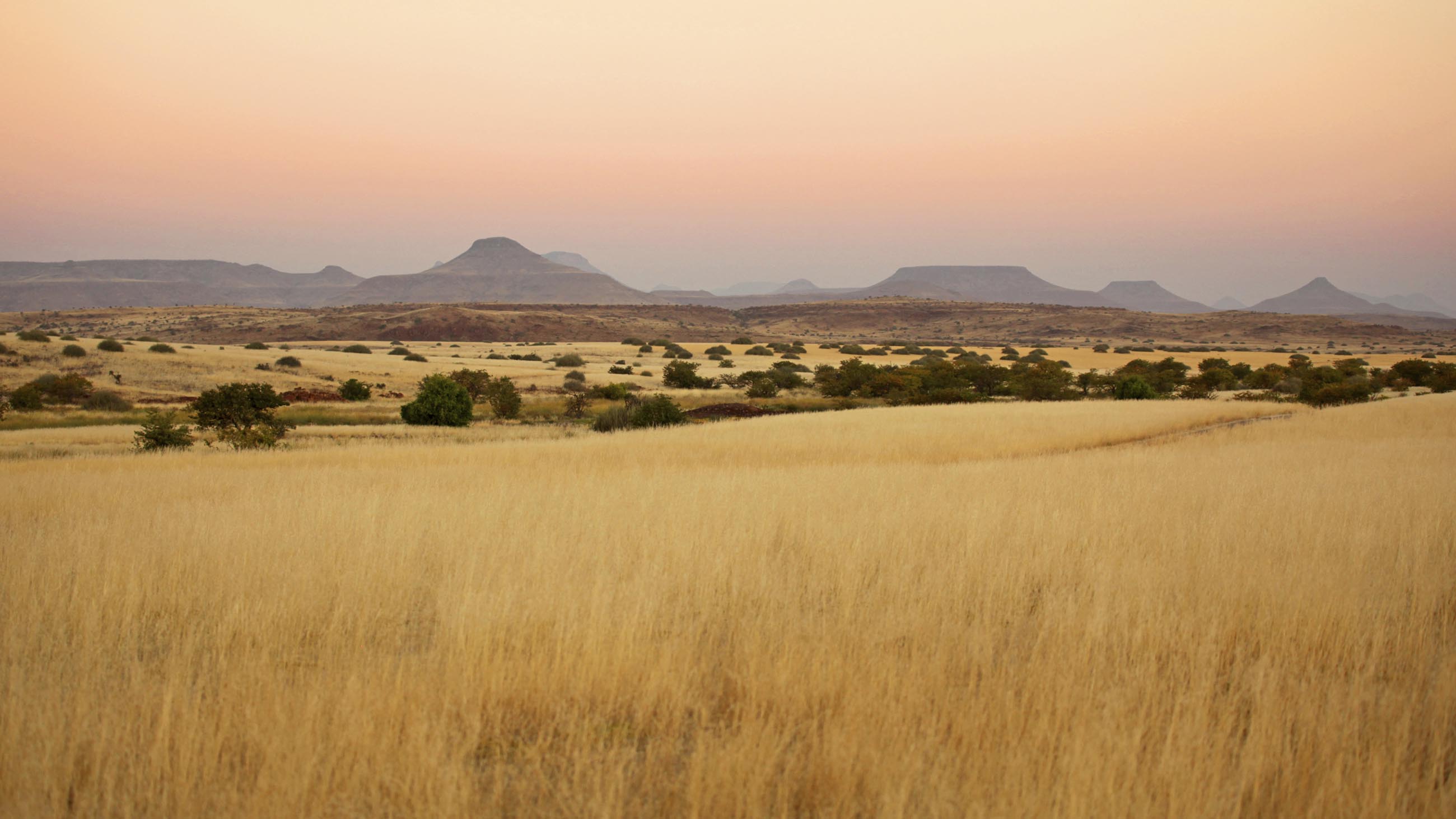Knowing What Gave Rise to Africa’s Savannas Might Help to Preserve Them
Researchers have traditionally theorized that Africa’s grassy plains arose as a result of historic wildfires and periods of low atmospheric carbon dioxide. Other research has suggested that elephants, which can kill and uproot large trees, played a role in turning forests into savannas.
But a new study, published in the Proceedings of the National Academy of Sciences this month, suggests another culprit: large herbivores.

A phylogenic analysis of almost 2,000 thorny trees on these savannas has found that the evolution of spiny plants coincides with the arrival of large antelopes and other leaf-eating browsers, and that both pre-date the natural fire cycles that maintain healthy savannas even today. The insight could help efforts to better conserve savanna ecosystems, which are under threat from a variety of stressors, including changes to the climate that favor the development of bushier vegetation, and the over-suppression of savanna fires, which inhibits the ecosystem’s surprising diversity.
“Understanding how savannas appeared and the mechanisms that maintain them clarifies how they function, but also how to do better conservation,” says lead author Tristan Charles-Dominique, who recently completed his postdoc at the University of Cape Town. “They are currently badly threatened.”
The new study hinges on an analysis of when the spiny trees of the dry African grasslands developed their thorns, which was about 16 million years ago. “Spines are considered a defense specific to mammal herbivores,” the authors write, and the arrival of browsing herbivores coincides with the first evolution of thorns in trees. Although drops in carbon dioxide and increased dryness “define the climatic envelope suitable for grasses, they do not account for the exclusion of forests that could be supported along the precipitation gradient in Africa.”
So while fire and elephants and low CO2 are central to some existing theories for how forests gave way to grasslands, antelope and browsing mammals are now another. “The problem for forest trees was not the destruction of large trees by elephants — they had co-existed for tens of millions of years,” says William Bond, chief scientist at the South African Environmental Observation Network and a co-author on the study. Rather, he suggested, it was “the intense browsing pressure from antelope on new forest tree recruits.”
Today’s rising levels of greenhouse gases also favors the encroachment of bushy shrubs, and researchers have raised the possibility that the spread of these thickets — along with a lack of browsing mammals and the fires needed to keep the shrubs in check — could eventually lead to the demise of much of the world’s grassy plains. Bush encroachment in particular threatens local biodiversity and hydrology, and could even cause localized warming, as the dense shrubs do not reflect as much light as savanna grasses.
Challenging as all this may sound, the new analysis hints at a much more sobering reality: Researchers still have a very poor grasp on how all of the variables that make the planet alive — plants, animals, and the climate that nurtures them both — interact with one another. Change one thing, and accompanying changes cascade throughout the system in ways that we scientists are only beginning to grasp.
That point was underscored by another study, covered by Undark last week, that suggested most climate models are woefully lacking in data on basic ecological mechanics. That means that while they are reasonably good at predicting melting glaciers or rising oceans, they’re quite bad at predicting what that might mean for individual species — or even whole ecosystems like savannas.
“We need a manual for how to operate our planet,” says Guy Midgley, a professor of global change biology at Stellenbosch University who was not involved in producing the current analysis.
“This kind of science helps write that manual.”
Sarah Wild is a freelance science journalist based in Johannesburg, South Africa.









